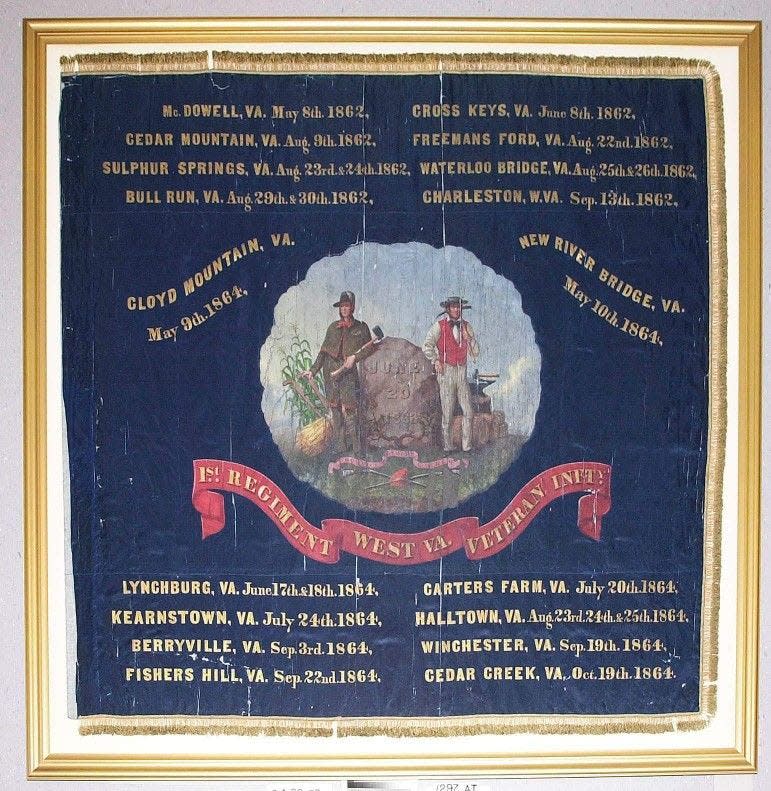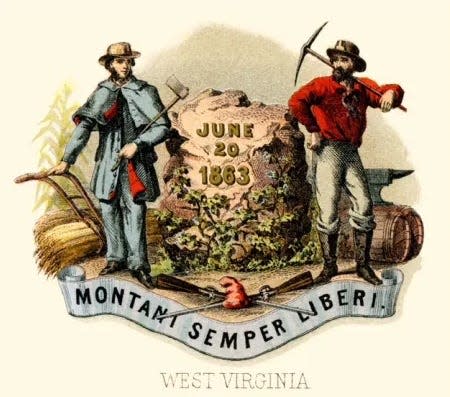Cape Fear Civil War Round Table, discuss the creation of the state of West Virginia

- Oops!Something went wrong.Please try again later.

North Carolina public historian Andrew Duppstadt will be the guest speaker at Wilmington's Cape Fear Civil War Round Table meeting. The meeting will be held in-person and virtually at 7 p.m. Thursday, Dec. 9 in Room 226 at Harbor United Methodist Church, 4853 Masonboro Loop Road, Wilmington. Doors open at 6:30 p.m. For more information about Zoom and membership, please visit http://cfcwrt.org/.
Duppstadt, topic will be“ The Creation of the State of West Virginia during the Civil War.”
More: Join Brunswick Civil War Round Table, discuss the Fort Caswell You've Never Seen
More: With 'Boundless,' artist Stephen Hayes connects Black history to Wilmington's future
More: These 9 churches helped shape Wilmington's history
Duppstadt has a bachelor of arts in history and a master of arts in public history from the University of North Carolina Wilmington. He also is the education and interpretation supervisor for the North Carolina Division of Historic Sites, and is contributor to the North Carolina History Project.
The creation of the state of West Virginia in the midst of the American Civil War is often overlooked. West Virginia’s creation brought to light numerous legal and constitutional issues and highlighted intrastate sectional diversity on a level not seen elsewhere in the states.

West Virginia was a region of a Southern state that had more in common with its neighbors to the north than with its brethren to the east and its creation was wrapped up in issues of slavery, race, culture, and economics.
Early in the war, the region was hotly contested, but was largely forgotten about when the focus of the war shifted farther south, and West Virginia officially entered the Union. Even so, West Virginia was still a somewhat divided state, that provided only slightly more manpower to the Union cause than it did to the Confederacy. But the new state’s politicians were firmly committed to the Union and worked with the federal government to remain part of it.
This article originally appeared on Wilmington StarNews: Andrew Duppstadt to speak at Cape Fear Civil War Round Table meeting

